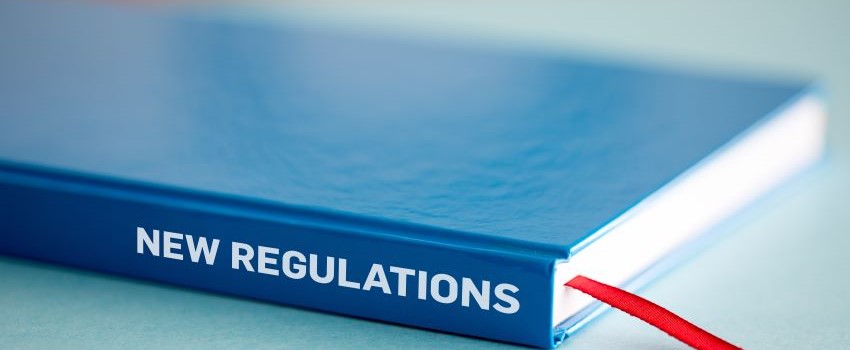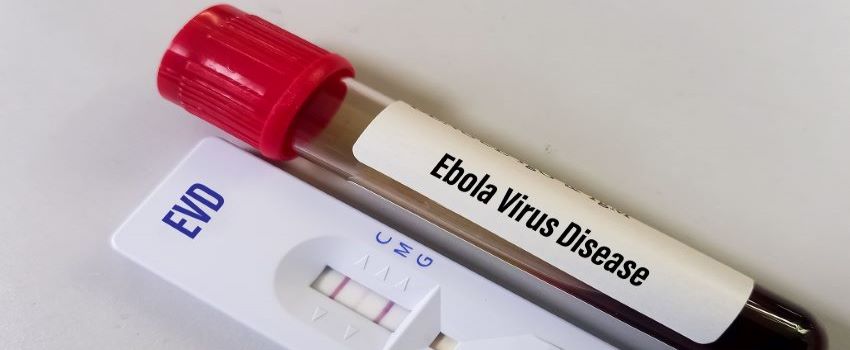By Rhonda Jones, RM (NRM) & Tony Herber
Last updated on July 17, 2025
On July 07, 2020, EPA released a new guidance expediting review of label amendments for List N products adding electrostatic spray (ESS) application to the Directions for Use. Under this guidance EPA will try to reduce Pesticide Registration Improvement Act (PRIA) review timelines by 1-2 months. SRC received additional guidance from EPA on July 24, 2020. SRC continues to work with industry associations and the regulators to gain a better understanding of the specific requirements surrounding efficacy and wetness testing to substantiate application of disinfectants via electrostatic sprayers.
What is Electrostatic Spray Application?
Electrostatic sprayers (ESS) aerosolize and atomize the particles of a solution being sprayed to provide quick and extensive coverage of a large area. This device positively charges the particles of a disinfectant as it leaves the sprayer, which makes the particles more attracted to the negative and neutral surface areas that they are sprayed on, therefore providing more consistent surface coverage on non-porous surfaces. Electrostatic spray application of List N products provides a more efficient method of disinfecting large indoor spaces, such as schools and business, and offers users another tool in the fight against COVID-19.
Which Products Qualify for Expedited Review?
To qualify for expedited review a product must be on EPA’s List N: Disinfectants for Use Against SARS-CoV-2 (COVID-19) and be approved for spray application. If you are unsure if your product qualifies for this expedited review, contact your SRC Consultant for assistance.
What Data and Labeling Requirements Apply?
EPA is allowing submission of Non-GLP data provided a statement listing the areas of non-compliance with EPA 40 CFR Part 160 GLP requirements is included. EPA has confirmed these testing requirements will be required to add use of an electrostatic sprayer to any public health registration, though the expedited registration and non-GLP allowance are only for List N products.
Efficacy Data:
Requirements
- Confirmatory data to support bacterial and viral disinfection claims conducted at the minimum and maximum spray distance (e.g. 1-3 feet):
- AOAC Germicidal Spray Test (2 lots, 10 carriers/lot) against Staphylococcus aureus and either Pseudomonas aeruginosa or Salmonella enterica AND
- ASTM E1053 (or surrogate protocol) (2 lots, 1-2 carriers/lot) against the hardest to kill BSL-1 or BSL-2 virus. Refer to the Emerging Viral Pathogen or 810.2200 guidance to determine the viral hierarchy.
Where multiple contact times or dilutions are claimed, confirmatory testing will need to be conducted on the most stringent combination. If this is not possible, then multiple sets of efficacy and wetness data may need to be conducted. We await EPA confirmation on whether this testing set will support all use patterns (e.g. food contact sanitization, non-food contact sanitization, soft surface sanitization).
Efficacy is only required for one electrostatic sprayer device to support all other such devices as long as all produce a median droplet size of 40 µm. The final report should thoroughly describe the spray equipment utilized for testing. Submission of a particle size study to demonstrate the median droplet diameter size of ≥40 µm is not required. Efficacy test lots may be prepared at or below nominal active ingredient(s) level for existing strains currently on the product label. Testing at LCL is required for new microorganisms.
Wetness Testing:
Requirements
BEAD MB-31 test method must be conducted to demonstrate visual and gravimetric wetness on:
- 2 lots at nominal active ingredient level or below AND
- at the minimum and maximum spray distances claimed (e.g. 1 – 3 feet).
EPA will accept a video or photographs taken at different points that clearly shows wetness. CDX currently does not accept video files, but a mailed CD or link to the video via a file sharing platform may be submitted to the Product Manager.
Labeling:
A label amendment will be required to add directions for ESS use. The use directions will be required to state the use of ESS equipment that meets the median droplet size, contact time, minimum and maximum spray distance, reapplication where surfaces do not stay wet for the contact time, and instructions on use of the sprayer. The use directions will have to state that the room must be unoccupied, and pets must also be removed from the area.
Personal protective equipment (PPE) should be specified on the product label as part of the electrostatic spray directions based on vapor pressure as described in the Policy. All other personal protective equipment should follow the approved label language.
Contact SRC for assistance with testing and registration of disinfectant products adding electrostatic spray application.





